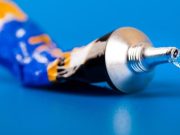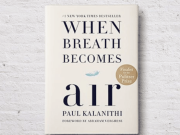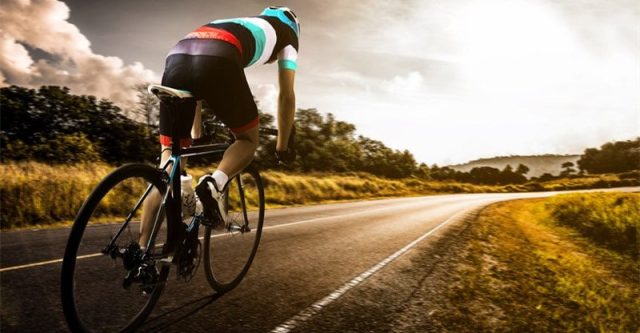Cycling: A Simple Path to a Healthier Heart
There’s something special about the steady rhythm of a heartbeat matching the spin of bicycle wheels. Beyond being eco-friendly and a great way to avoid traffic, cycling offers a powerful boost to your heart health. Let’s explore how this enjoyable activity strengthens your heart and how you can track your progress.
Why Cycling is Great for Your Heart
Your heart is like a hardworking pump, sending blood and oxygen throughout your body. Cycling gives it a healthy workout, making it stronger and more efficient over time.
- Stronger heart: Regular cycling builds up your heart muscle, helping it pump blood better.
- Slower resting heartbeat: A stronger heart means it doesn’t need to beat as often when you’re relaxed.
- Lower heart disease risk: Cycling helps maintain good cholesterol levels and keeps blood flowing smoothly.
Heart Rate Zones Explained
To get the most from cycling, it helps to understand different intensity levels:
- Zone 1 (50-60% max heart rate): Gentle riding – good for warmups or recovery days
- Zone 2 (60-70%): Steady pace – builds endurance for long rides
- Zone 3 (70-80%): Moderate effort – improves overall fitness
- Zone 4 (80-90%): Hard effort – for short, intense bursts
- Zone 5 (90-100%): Maximum effort – very challenging, for brief periods
To estimate your max heart rate, subtract your age from 220. For more accuracy, consider professional testing.
How to Track Your Heart Health Progress
- Use a heart rate monitor (chest strap or smartwatch) during rides
- Check your resting heart rate each morning – lower numbers mean improvement
- Note how long you spend in different heart rate zones
- Time how quickly your heart recovers after intense efforts
- Try fitness apps (like Strava or Garmin) to analyze your data
Ride Safely
- Check with your doctor before starting, especially with health concerns
- Drink plenty of water before, during, and after rides
- Pay attention to your body – stop if you feel dizzy or have chest pain
Pedal Your Way to Better Health
Cycling does more than get you from place to place – it’s a fun way to care for your heart. By understanding your heart rate and tracking your rides, you can turn every pedal stroke into health benefits. So grab your helmet, hop on your bike, and enjoy the ride to a stronger heart!






























